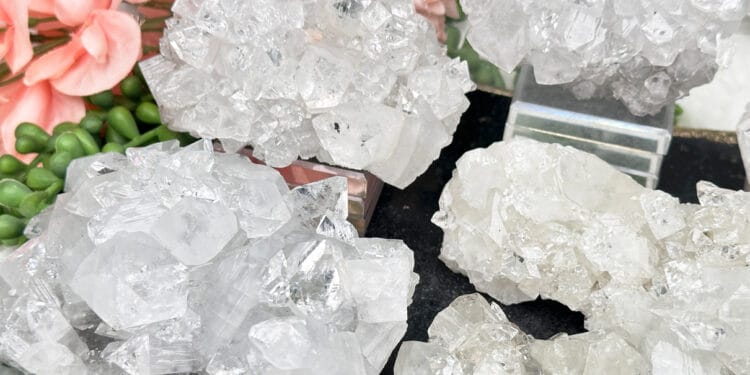In the realm of mineralogy and crystallography, hardness is a fundamental property that defines the resistance of a mineral to scratching or abrasion. This property is crucial not only for identifying and classifying minerals but also for determining their suitability for various practical applications. The Mohs scale of mineral hardness, developed by German mineralogist Friedrich Mohs in 1812, remains the standard method for assessing the relative hardness of different minerals.
Exploring the Mohs Scale of Mineral Hardness
The Mohs scale ranks minerals on a scale from 1 to 10 based on their ability to scratch or be scratched by other materials. Minerals with a lower Mohs hardness value can be scratched by those with a higher value, while those with a higher value can scratch those with a lower value. For example, talc has a Mohs hardness of 1 and can be easily scratched by a fingernail, while diamond, the hardest known natural material, has a Mohs hardness of 10 and can scratch all other minerals.
Practical Applications of Crystal Hardness
Crystal hardness plays a crucial role in determining the suitability of minerals for various practical applications, ranging from jewelry making to industrial uses. Minerals with higher hardness values are often preferred for applications where durability and resistance to wear are essential, while those with lower hardness values may be better suited for decorative or ornamental purposes.
Crystal Hardness in Jewelry Making
One of the most common applications of crystal hardness is in jewelry making. Gemstones with high hardness values, such as diamond, ruby, and sapphire, are prized for their durability and ability to withstand everyday wear. These gemstones are often cut and polished into faceted gemstones or cabochons and set into various types of jewelry, including rings, necklaces, and earrings.
Examples of Crystal Hardness in Jewelry
When it comes to crystal bracelets, for instance, the choice of gemstone is crucial not only for its aesthetic appeal but also for its durability. Gemstones such as quartz, including rose quartz and clear quartz, are popular choices for crystal bracelets due to their relatively high hardness (7 on the Mohs scale) and availability in a wide range of colors and patterns.
On the other hand, softer minerals like apophyllite, despite their captivating appearance and metaphysical properties, may not be suitable for carving or shaping into intricate jewelry pieces due to their lower hardness (4.5 to 5 on the Mohs scale). While apophyllite is often admired in its natural form, it may not withstand the rigors of daily wear and tear as effectively as harder gemstones.
Industrial Applications of Crystal Hardness
Beyond the realm of jewelry making, crystal hardness also plays a critical role in various industrial applications. For example, minerals such as corundum (aluminum oxide), which ranks 9 on the Mohs scale, are used as abrasives in grinding and polishing applications due to their exceptional hardness and abrasive properties.
Similarly, diamonds, with their unmatched hardness and durability, are utilized in cutting, drilling, and grinding tools for industries ranging from mining and construction to manufacturing and aerospace. The hardness of diamonds allows them to cut through even the toughest materials with precision and efficiency, making them indispensable in countless industrial processes.
Conclusion: The Significance of Crystal Hardness in Practical Applications
In conclusion, crystal hardness is a fundamental property that influences the suitability of minerals for a wide range of practical applications. From jewelry making to industrial uses, the hardness of a mineral determines its durability, resistance to wear, and suitability for specific tasks. By understanding the Mohs scale of mineral hardness and its implications, we can make informed decisions when selecting and using crystals in various applications, ensuring both aesthetic appeal and functional durability.



























